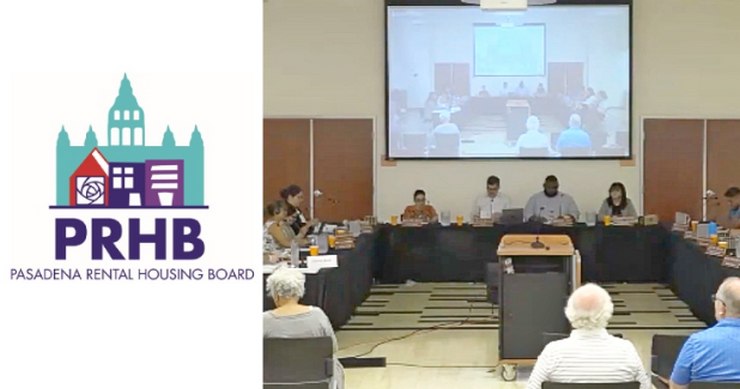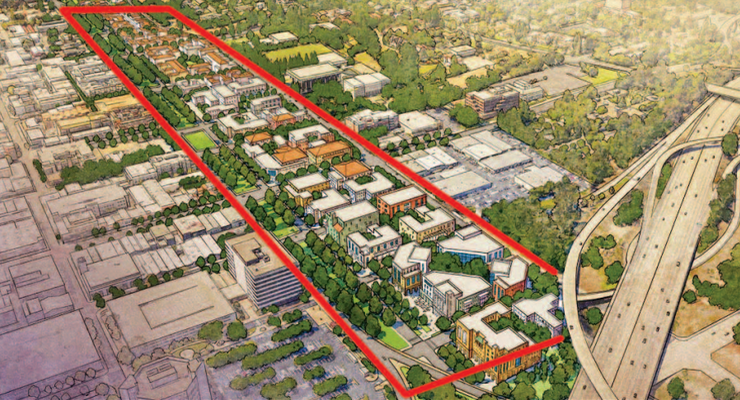The California Department of Education on Wednesday released the 2011 Accountability Progress Reporting (APR) which showed that Pasadena Unified School District schools improved one percentage point in their Academic Performance Index (API) scores from 758 in 2010 to 759 this year.  The state set 800 as this year’s target.
Nearly half of PUSD schools scored above 800 with the Sierra Madre School becoming the district’s first school to score above 900 on the API.
However, the results of the federal Adequate Yearly Progress (AYP) placed schools that scored above the 800 API benchmark into federal Program Improvement for failing to meet growth targets.
The API and the AYP are the two main indicators of school performance and both systems are based upon the results from STAR and the California High School Exit Exam.
But there are also schools which declined in their API scores, including Aveson School of Leaders (2010-823, 2011-816),  Cleveland Elementary (2010-785, 2011- 7670, Franklin Elementary (2010-786, 2011-745), Hamilton Elementary (2010-866, 2011- 865), and   San Rafael Elementary (2010-767, 2011-741).
There were also some schools which showed improvements but still failed to meet the 800 API score target.
In the western San Gabriel Valley, eight out of the nine schools reported marked improvements on their API scores. The schools of Arcadia, Alhambra, Monrovia, Pasadena, South Pasadena, San Gabriel, San Marino and Temple City public schools all showed improvements during the academic year.
PUSD Superintendent Jon R. Gundry told Pasadena Now on Wednesday that he plans to meet with school principals to discuss the uneven performance in the STAR (Standardized Testing and Reporting) test.
For full report on state’s website, click here
In a separate statement, Gundry said “I am pleased that schools demonstrated improvement, especially those that made substantial gains this year, and I am deeply committed to working with the schools with scores that dropped or remained low. I have set an immediate course of action to examine the reasons for the inconsistencies in school performance and to make adjustments tailored to each school. Administrator and school teams began this work earlier this month and will continue throughout the year.”
According to APR, Sierra Madre scored 908 in its API this year and became the first school in PUSD to score above 900. Ten other schools scored above the 800 benchmark on the API and two schools moved above 800 for the first time, namely Altadena Elementary scored 818 and Field Elementary scored 813.
While 1,000 is the highest API score possible, the state sets its goal at 800 points. Schools with scores below 800 are assigned a growth target each year until they meet or surpass the state’s goal.
In terms of improvement, Altadena Elementary grew the most this year, jumping 63 points. Among secondary schools, John Muir High School improved the most, doubling its growth target to gain 19 points. Marshall Fundamental tripled its growth target for a 15-point gain and Washington Middle School gained 14 points. Nine PUSD schools met their API growth target this year. Overall, PUSD improved by 53 points over the last five years.
Already, school teams and administrators have worked together with parents to closely examine data and determine the factors that lead to decreases in scores. The ongoing work is paired with an examination of the significant increases at other schools to determine which practices can be shared to propel improvement.
On the AYP, the federal school performance system established under the No Child Left Behind (NCLB) Act, nine PUSD schools met proficiency targets in Mathematics and four met the English language arts target.
The AYP sets progressively higher performance targets each year with the goal of reaching 100 percent proficiency by 2013-2014. Schools must meet up to 42 objectives every year, including growth among subgroups of students, and can be labeled as failing AYP if they do not meet targets for two consecutive years. Once labeled, schools enter the federal Program Improvement, which mandates sanctions.
The federal growth target increased by 11 percent this year alone. In California, 913 schools were newly identified as “failing” this year, despite meeting or surpassing the state API target of 800.
Three PUSD schools with API scores above 800 were placed on program improvement for the first time because of the federal AYP mandates.
Hamilton Elementary School, which scored 863 on the API this year, has consistently scored above 800 for the last several years, and was named a National Blue Ribbon School in 2009, and scored a 10 of 10 when compared with similar schools in California, entered program improvement despite having more of its students test advanced or proficient than ever before. Hamilton was placed on program improvement because the school did not meet one its subgroup AYP goals for two consecutive years.
This week, State Superintendent of Public Instruction Tom Torlakson issued a letter to the federal Department of Education proposing that California be allowed to freeze the imposition of sanctions and mandatory identifications for the coming school year at last year’s levels.














 0 comments
0 comments


